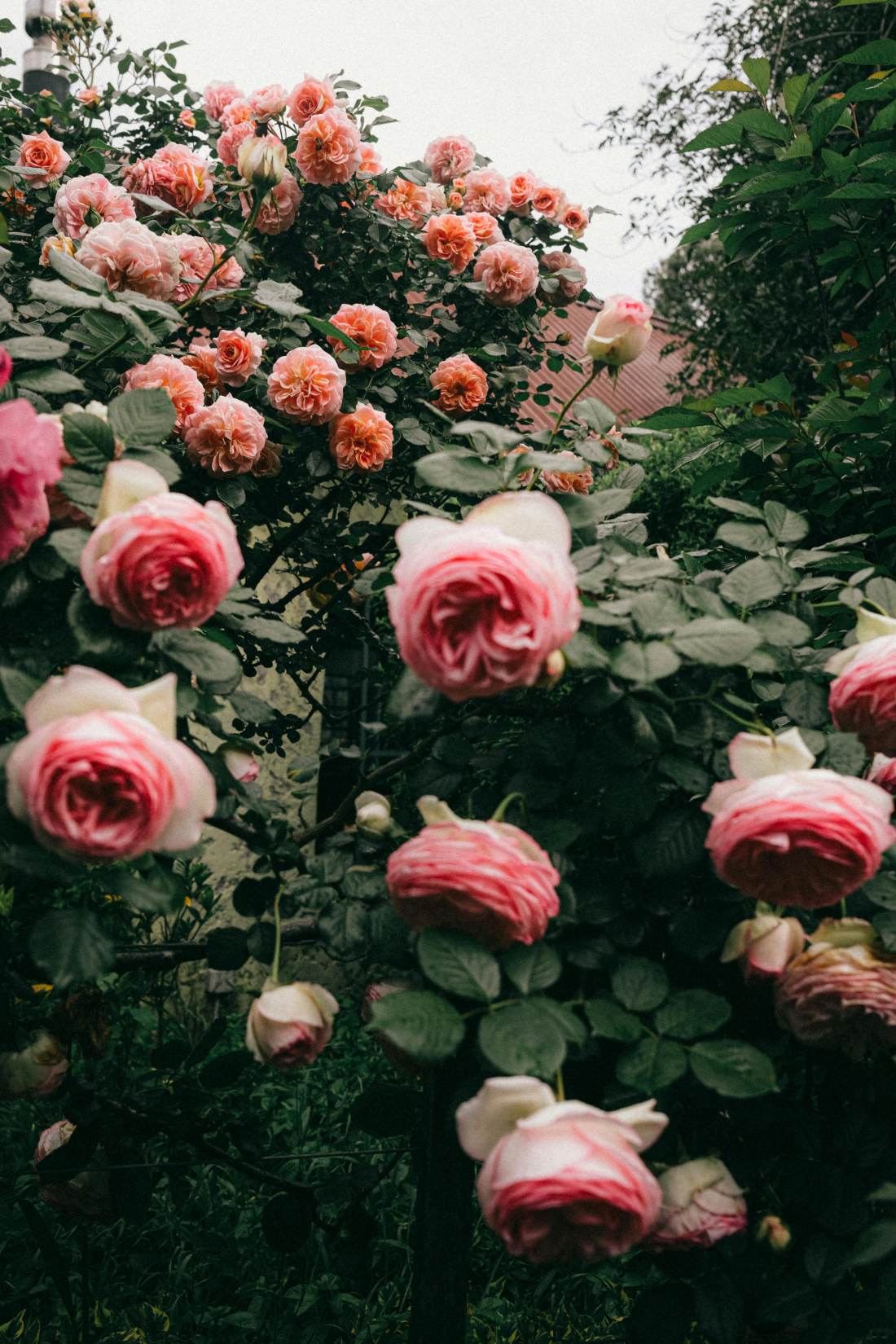When temperatures cool and leaves flood your lawn, you might want to clean up outside and tackle some yard work. While fall presents an excellent time to prune certain plants, like phlox and Hostas, other varieties will only suffer (and potentially not bloom) if you prune them in the fall.
Pruning before a cold season can induce various issues, including the loss of blooms the following season, disease susceptibility, and die-off. Here’s a look at 14 plants you shouldn’t prune in the fall and the best time to cut them back.
1. Oak Leaf Hydrangeas
The correct time to prune hydrangeas depends on the variety. For example, you can prune panicle hydrangea and big leaf hydrangeas in the fall, but Oak Leaf varieties should be left alone. Oak leaf hydrangea flowers develop on old wood grown the previous year. If you prune the old wood, you won’t have many blooms the following year.
You should prune oak leaf hydrangeas in the late summer, right after the blooms fade.

2. Roses
Pruning roses in the fall increases their risk of die-off during cold winter months. Save your rose pruning for early spring once temperatures are consistently above freezing.
3. Azaleas
Azaleas are a member of the Rhododendron family, a variety that produces their buds for the next year during the fall months. To keep your plants looking good, deadhead them whenever you see brown flowers or buds. If you want to prune, do it a couple of weeks after the flowers die off so the plants can produce new blooms before winter sets in.
4. Coral Bells
Coral bells are an evergreen plant that can provide vibrant color to your landscape. Since their foliage protects them throughout cold winters, avoid doing any pruning in the fall. Instead, clean them up or slightly cut them back in the spring to achieve a healthy plant.

5. Maple Trees
If you want fuller, healthier maple trees, cut them in spring or early summer. Doing this encourages growth and creates a fuller canopy. Avoid pruning in the fall, though. When conditions are wet, pruning can lead to diseases.
6. Lavender
You can prune your lavender twice per year—in the spring after the first flowers have set in and in late summer after the flowers have faded. Avoid pruning in the fall, especially cutting the old wood, or your lavender plant will grow less the following year.
7. Flowering Fruit Trees
Flowering fruit trees, such as peach, plum, or cherry, should be pruned before new growth occurs in early spring or late winter. Pruning can help you shape your trees and encourage new growth.
8. Bradford Pear Trees
A Bardford Pear Tree, also called a Callery Pear Tree, is a flowering tree that blooms in the spring. Cut back Bradford pear trees during their dormant season, which is late winter and early spring. While over-pruning may risk your tree growth, take the time to cut away any damaged or diseased branches.
9. Forsythia Shrubs
Forsythia blooms in early spring, and the best time to prune this variety is right after the blooms fade, usually in late spring. If you prune in the fall, you’ll reduce the number of flowers your Forsythia bushes produce the following spring.
10. Sunflowers
The exact time to prune your sunflower is dependent on the variety. Sunflowers must be pruned during their dormant season, which may be late winter or early spring. Never cut sunflowers in the fall, especially during extreme heat, or you’ll cause too much stress to the plant.

11. Lilacs
Lilacs produce blooms in early spring. The best time to prune them is directly after the blooms have faded, in late spring or early summer.
12. Evergreen Shrubs
Hold off on pruning and shaping your evergreen shrubs until about mid-spring or when you’re confident the last frost has passed. Pruning too early can stunt new growth.
13. Coneflowers
While you can deadhead your coneflowers anytime, wait to cut them back before the first growth of a new season. Pruning them in early spring or late winter is a safe bet.
14. Cool Season Ornamental Grasses
Cool-season ornamental grasses, such as pampas grass, tall fescue, or feather reed grass, should be pruned in early spring or late winter. If you have warm-season ornamental grasses, you can do your pruning in the fall.


